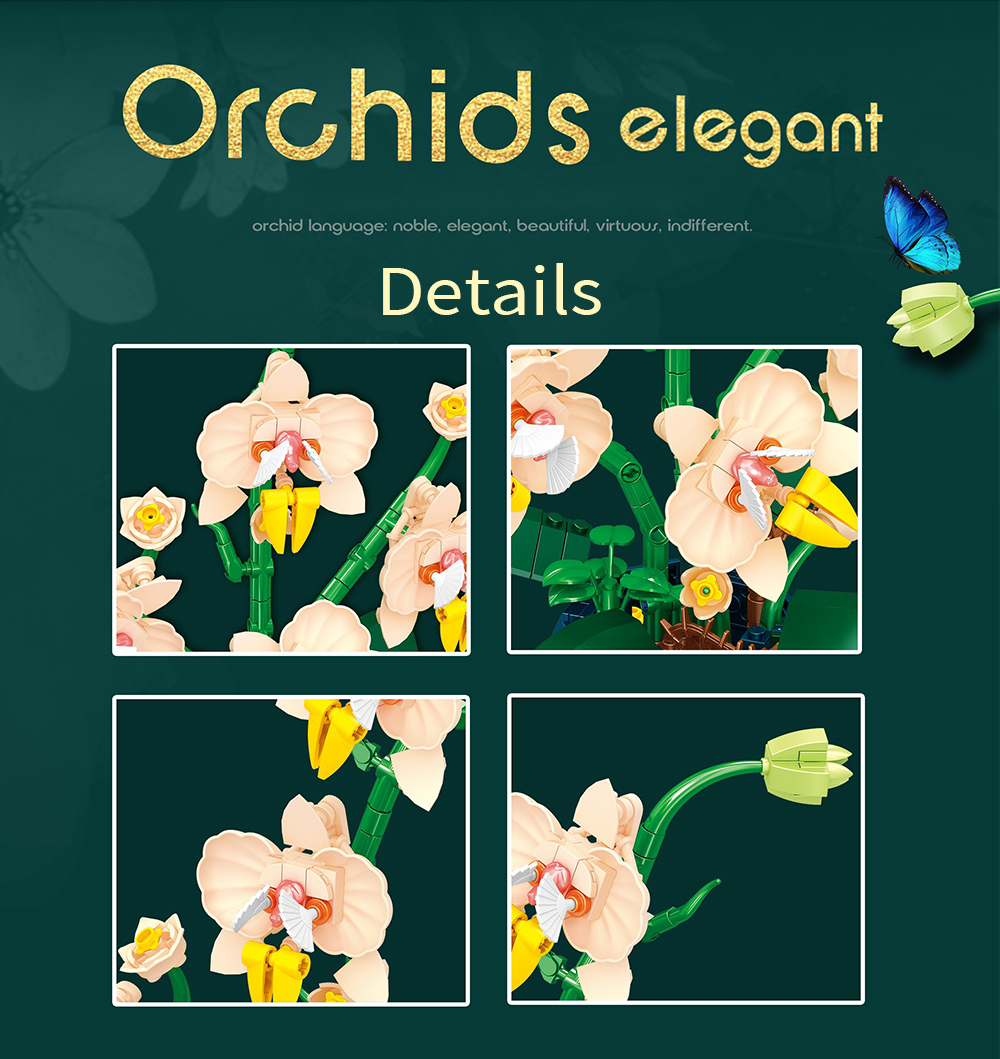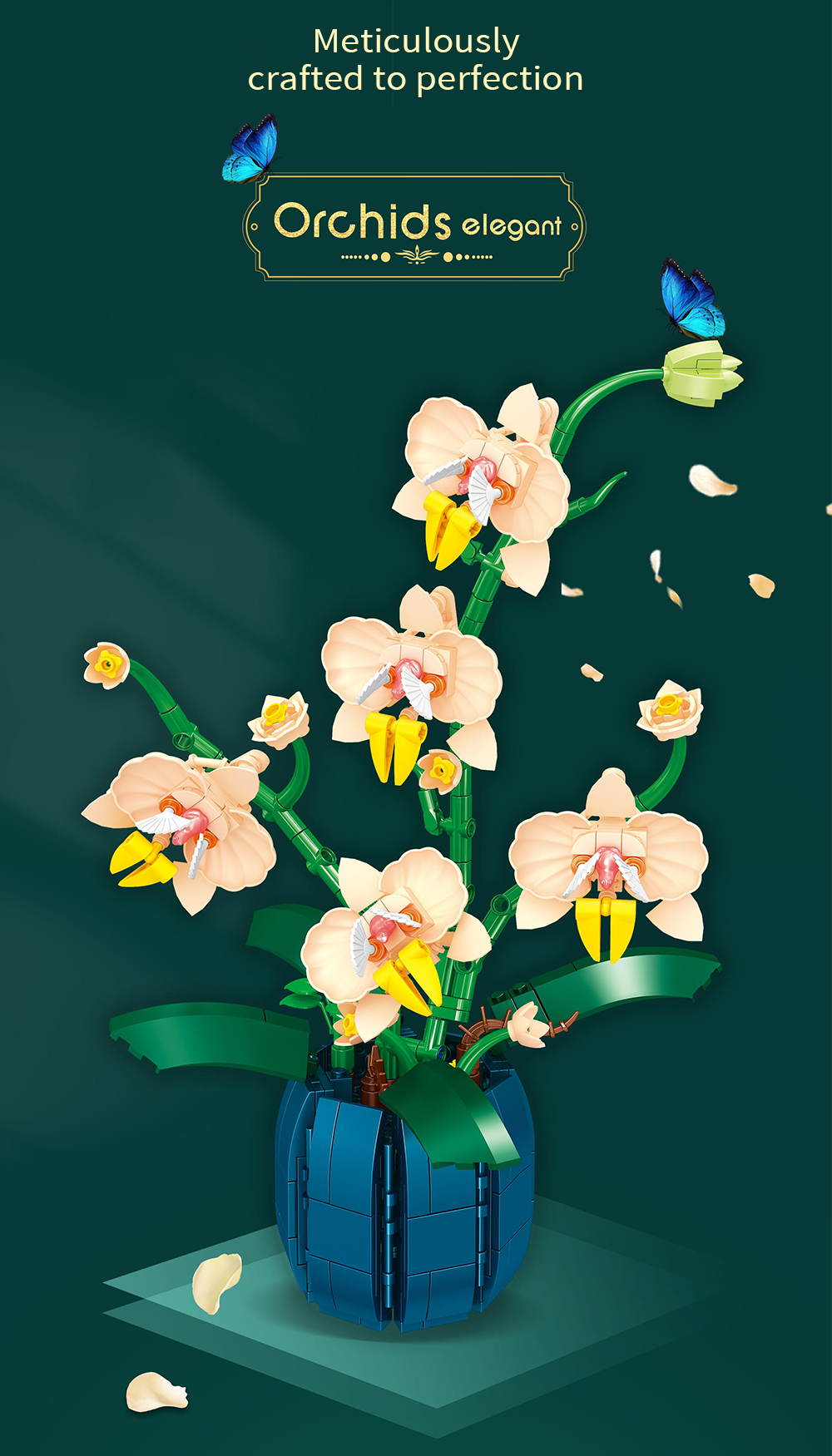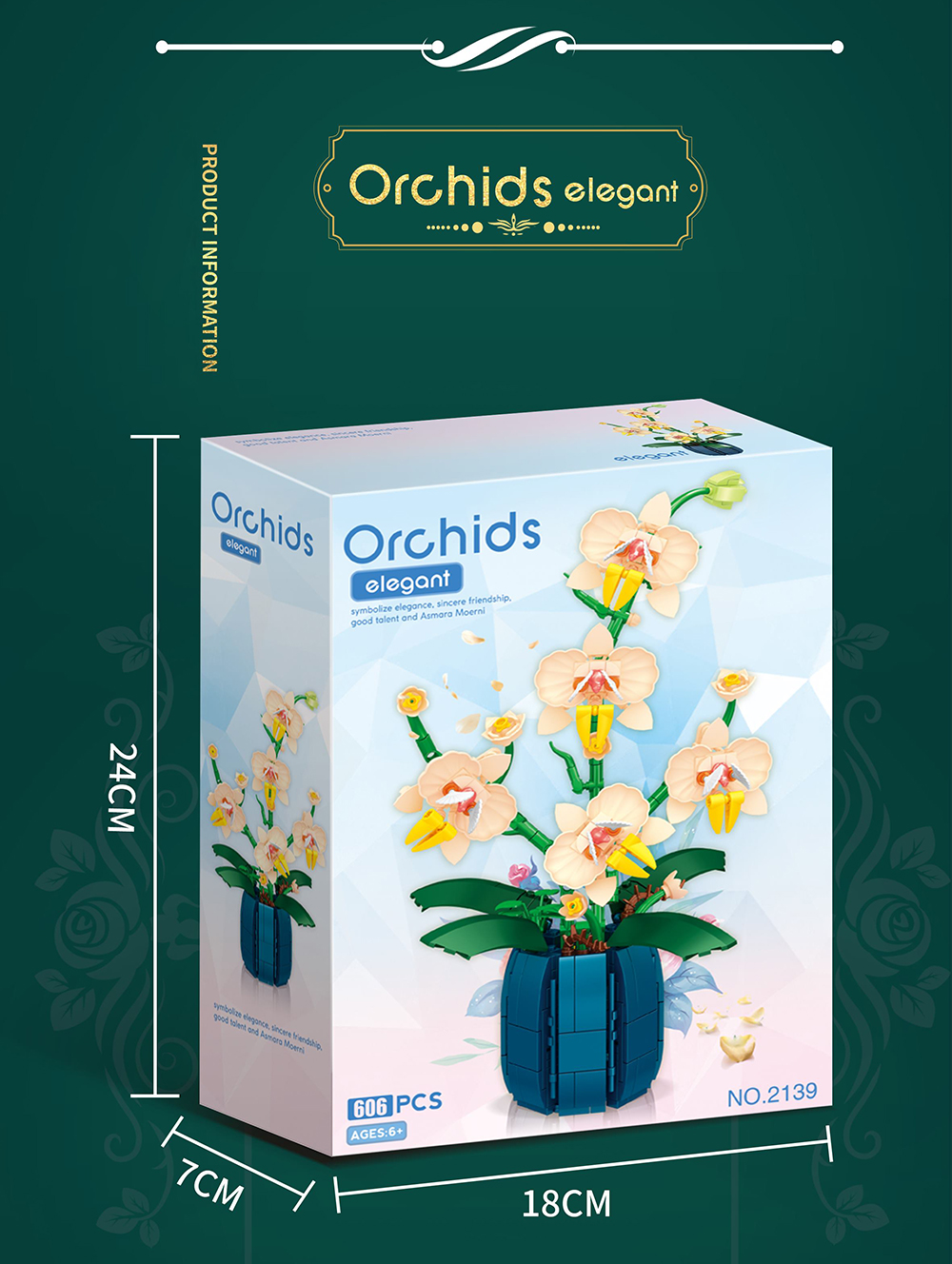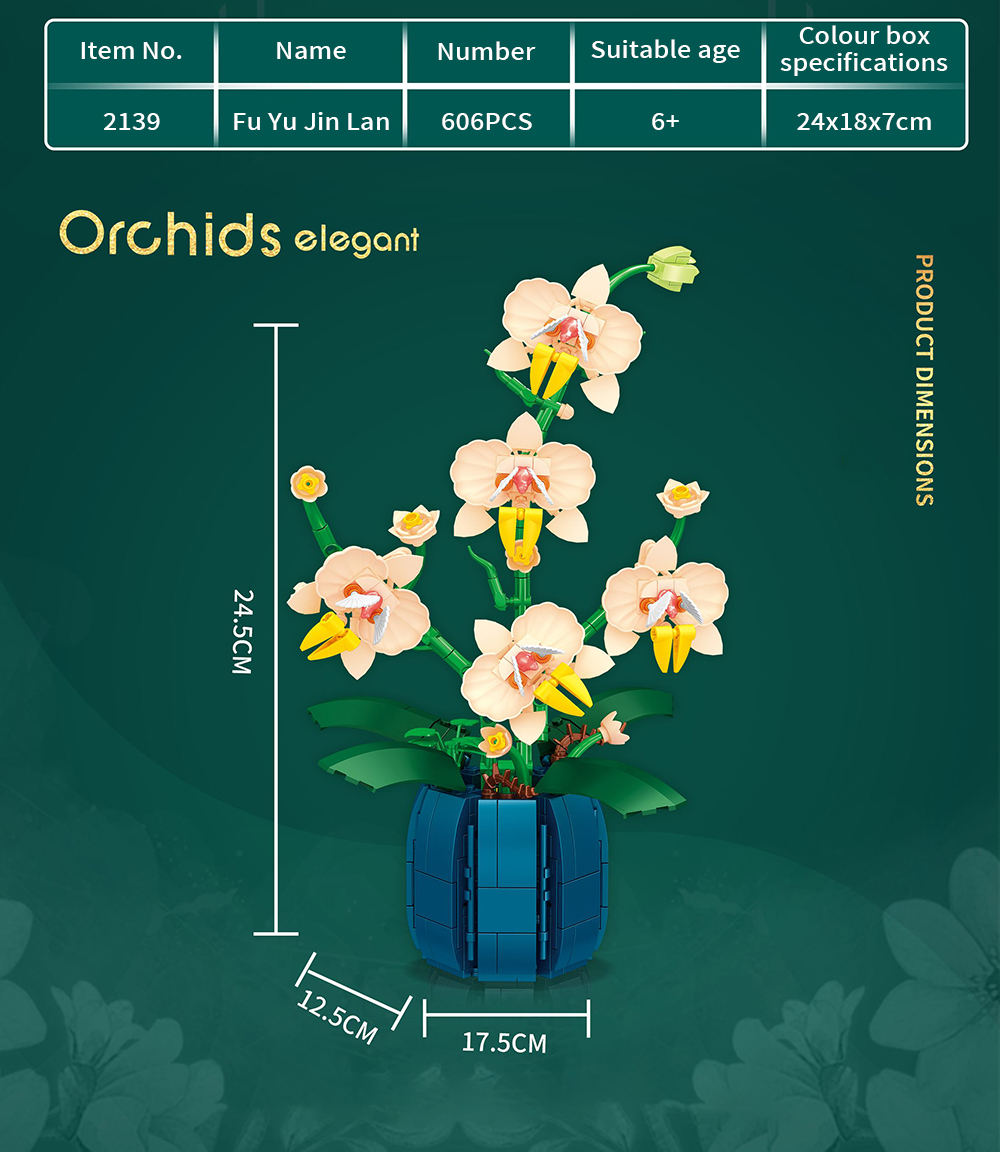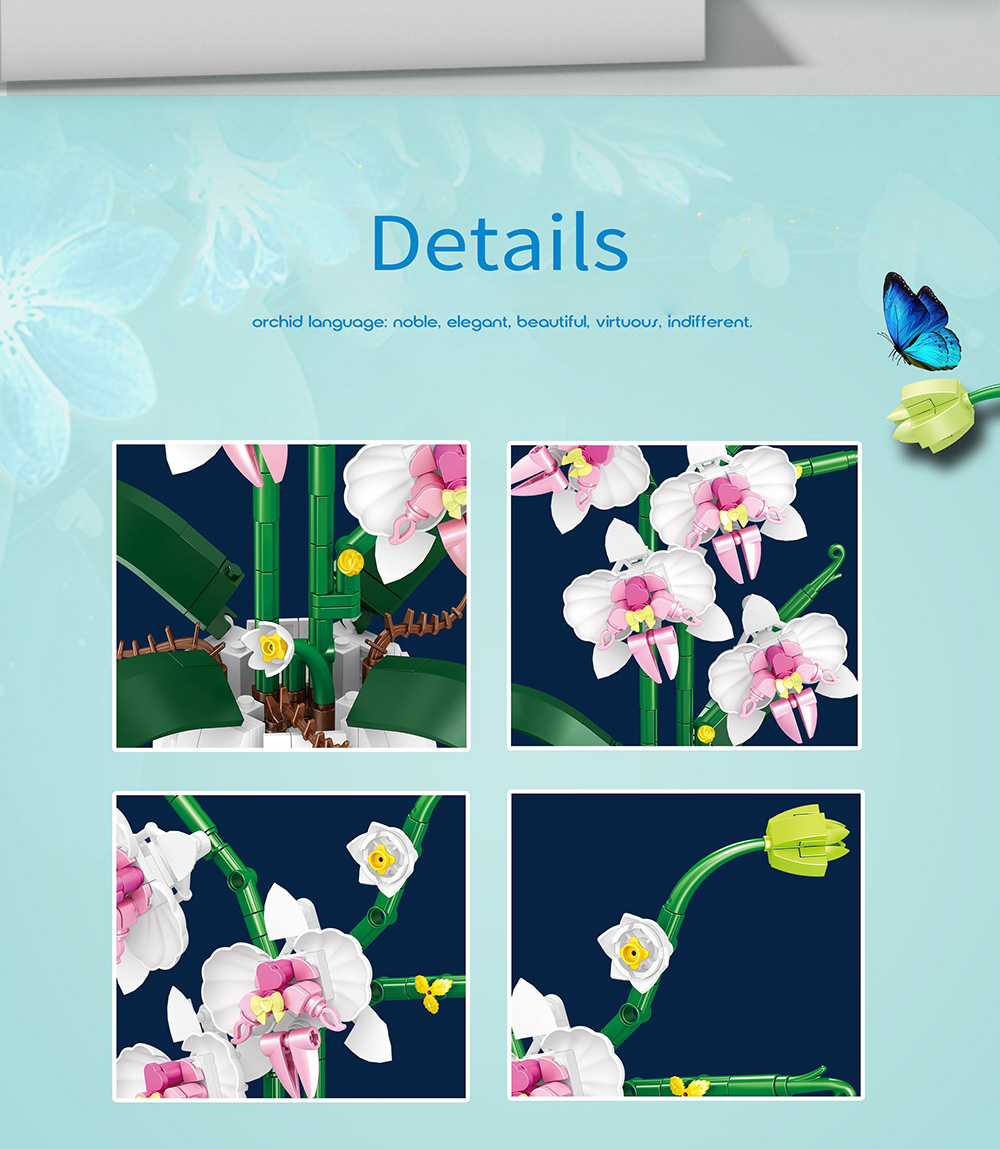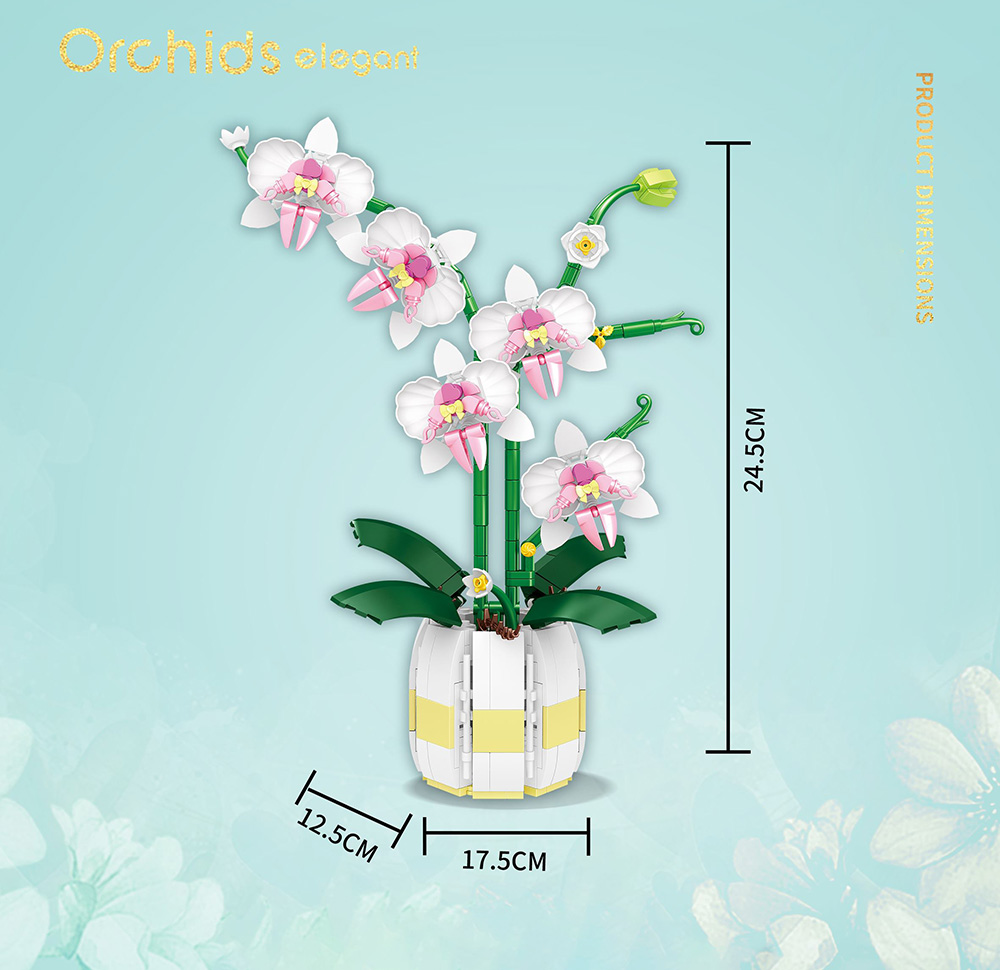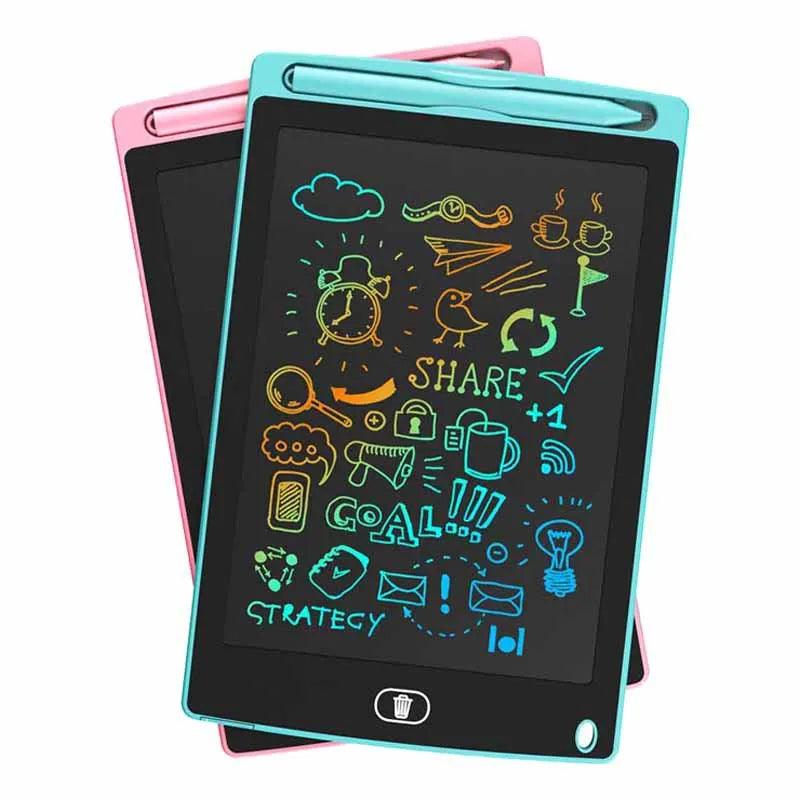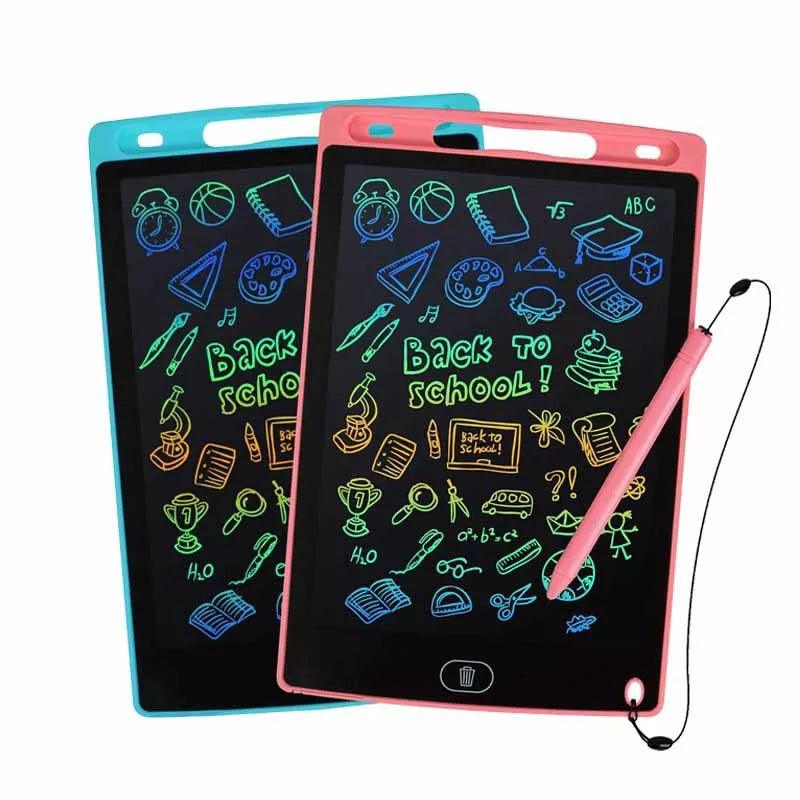High-Quality Building Blocks for Creative Learning
Best Building Blocks for Kids
Educational Building Block Sets
Colorful and Durable Blocks for Kids
STEM Learning with Building Blocks
Building Block Sets for All Ages
Unlock your child’s imagination with OurLum’s premium building blocks. Perfect for fostering creativity, problem-solving, and fine motor skills, our building blocks are ideal for kids of all ages. Made with safe, high-quality materials, these blocks are designed to provide endless hours of fun and learning.
Our high-quality building blocks for kids come in a variety of styles, colors, and themes to suit every interest. Whether you’re looking for creative building blocks or STEM-based building blocks, OurLum has options that support your child’s growth and development through play.
Key Features and Benefits
- Encourages Creative Play: Our building blocks are designed to inspire creativity and imaginative play.
- Supports STEM Learning: Perfect for building foundational skills in science, technology, engineering, and math.
- Durable and Safe Materials: Made to withstand enthusiastic play, ensuring safety and longevity.
- Fun for All Ages: With multiple sets available, there’s a perfect choice for every age group and skill level.
Discover a wide selection, including large building blocks for younger children, educational building blocks, and themed building blocks sets. Our blocks not only engage kids but also help develop essential skills in a fun, interactive way.
Browse building blocks for toddlers, building blocks for learning, affordable building blocks, and colorful building blocks at OurLum, where you can find the perfect building blocks for your child’s unique learning journey.
Key Takeaways:
- Introduction
- What Are Building Blocks?
- Types of Building Blocks
- The Importance of Building Blocks in Child Development
- Building Blocks in Software Development
- Applications of Building Blocks in Education
- Future Trends in Building Block Technologies
Introduction to Building Blocks
What Are Building Blocks?
At their core, building blocks are multifaceted construction pieces that have captured the imagination of children and adults alike for generations. Typically made from various materials such as wood, plastic, and foam, these blocks serve as a foundational tool for creative play. Not limited to mere aesthetics, building blocks stimulate the mind and body, offering a canvas for imagination that bridges the gaps between early learning and tangible skill development. Through hands-on engagement, children explore concepts of balance, structure, and creativity, deepening their understanding of the world around them.
Significance in Child Development
The significance of educational toys such as building blocks cannot be overstated when it comes to child development. These versatile tools encourage STEM education by introducing fundamental principles of science, technology, engineering, and mathematics through play. As children stack, sort, and arrange blocks, they develop essential problem-solving skills, enhance their spatial awareness, and foster not only cognitive growth but also social skills when they collaborate with peers. This process of exploration allows for a deeper understanding of cause and effect, as well as fine motor skills that play a crucial role in overall development.
Building Blocks in Various Contexts
Beyond the playground, building blocks are invaluable in various contexts, including educational settings and therapeutic environments. They play a vital role in STEM education, where structures and designs serve as tactile learning experiences that allow children to apply theoretical concepts in practical ways. Moreover, educators and therapists utilize building blocks to promote teamwork, enhance communication skills, and foster inclusion among children with diverse needs. Whether used at home or in a classroom, these devices exemplify the balance between learning and fun, consistently proving their worth as a versatile resource.
Topics to Explore
As we navigate through this blog, we will delve deeply into the various dimensions of building blocks, ranging from their history and evolution to the different types available on the market. Readers can expect analytical insights on their role in child development, as well as tips on how to select the best building blocks for your little ones. We'll also provide expert advice on incorporating these tools into your child's playtime to maximize learning benefits effectively. Each section is designed to equip parents, educators, and caregivers with practical knowledge to boost their children's growth through play.
Join us as we uncover the magic behind building blocks and their irreplaceable role in fostering creativity and developing essential skills in young minds!
What Are Building Blocks?
When we think about building blocks, we often envision colorful toys that children stack and arrange. However, the concept goes far beyond mere physical forms. Building blocks can also refer to the essential components that make up ideas or systems, forming a crucial part of our understanding of child development and early learning.
Physical Forms of Building Blocks
The most prominent example of building blocks is in the realm of educational toys. These toys are designed not just for entertainment, but also to promote skills such as problem-solving, spatial awareness, and fine motor coordination. From classic wooden blocks to modern magnetic tiles, each variety provides unique opportunities for playful learning.
“Play is the highest form of research.” – Albert Einstein
Consider how children engage with these STEM education tools. As they build structures, they unknowingly explore fundamental principles of physics and geometry. The act of building encourages creativity and innovation, laying the groundwork for later learning about complex systems and engineering.
Conceptual Forms of Building Blocks
On a more abstract level, building blocks can symbolize ideas or components that interact within a larger concept. For instance, in child development, various skills such as language acquisition, cognitive abilities, and social interactions serve as the building blocks for a child’s overall growth. Each skill builds on another, creating a cohesive development pathway.
“The roots of education are bitter, but the fruit is sweet.” – Aristotle
In the context of education systems, curriculum components can also be seen as building blocks. Each subject area—math, science, humanities—represents a core area that contributes to a holistic understanding. Integrating these subjects fosters connections that enhance early learning and prepare students for comprehensive educational experiences.
The Importance of Building Blocks in Development
Whether through tangible toys or intangible concepts, building blocks serve as foundational elements for development. They allow children to express their creativity while simultaneously honing critical thinking skills. As educators and parents introduce children to these various forms, they cultivate a love for learning that lasts a lifetime.
Thus, understanding both physical and conceptual building blocks empowers us to create enriching environments for our children, embracing the importance of play in learning and development. Emphasizing these fundamental components in our daily practices can lead to profound impacts on a child's journey towards knowledge and discovery.
Types of Building Blocks
Traditional Building Blocks: A Timeless Educational Tool
Building blocks in their traditional form have been a staple in early learning since childhood. These tactile toys are often made of wood, plastic, or foam, and they serve not just as a source of entertainment but as vital educational toys that enhance child development. Children engage in creative play, develop their spatial awareness, and improve their fine motor skills through stacking and constructing various shapes and structures.
Digital Building Blocks: Shaping the Future of Software Development
In today's tech-savvy world, digital building blocks have emerged as crucial components in software development environments. Platforms such as block-based programming languages (like Scratch and Blockly) allow users to create applications through a simple drag-and-drop interface. This method breaks down complex coding concepts into understandable segments, thereby promoting STEM education among young learners and novices.
The significance of these digital tools lies in their ability to foster foundational programming skills while encouraging experimentation in a risk-free environment. Just like traditional toys, these digital platforms allow users to construct, deconstruct, and reorganize components, driving both creativity and computational thinking.
Metaphorical Building Blocks: Foundations of Business and Education
Beyond toys and technology, the concept of building blocks extends into the realms of business and education through metaphorical interpretations. In these contexts, "building blocks" refer to the essential principles or components that enable structure and growth. For instance, in education, the curriculum can be seen as a set of building blocks that supports student learning by creating a strong foundation for knowledge acquisition.
Similarly, in business, organizational culture, values, and strategies serve as the foundational blocks that help companies grow sustainably. Effective leaders often identify and align these critical components to build resilient teams and foster innovation, thereby ensuring long-term success.
Comparison of Different Types of Building Blocks
| Type of Building Block | Description | Key Benefits |
|---|---|---|
| Traditional Toys | Physical blocks for creative play. | Enhances motor skills, creativity, and spatial awareness. |
| Digital Building Blocks | Online platforms and programming languages. | Promotes tech skills, computational thinking, and creative problem-solving. |
| Metaphorical Blocks | Foundational principles in business and education. | Supports sustainable growth and organizational effectiveness. |
Understanding the various types of building blocks, whether they be tangible, digital, or metaphorical, enriches our comprehension of their impact on both child development and professional fields. Each type offers unique opportunities that pave the way for innovation, creativity, and effective learning. As we explore these building blocks further, we invite you to reflect on how you can incorporate diverse building experiences into both play and work.
The Importance of Building Blocks in Child Development
When considering the essentials of child development, particularly in the realm of early learning, one cannot overlook the significant impact that physical building blocks have on a child’s cognitive and motor skills. These deceptively simple toys serve as a gateway into a world of creativity and problem-solving, nurturing essential skills that children will carry with them throughout life.
Cognitive Development through Building Blocks
Engaging with building blocks encourages children to think critically and spatially. As they begin stacking and arranging these fundamental toys, several cognitive abilities are subtly enhanced:
- Problem-solving: Children face challenges as they balance blocks, which helps them devise strategies to keep their structures stable.
- Understanding concepts: As kids experiment with sizes, shapes, and weights, they grasp the basics of physics and engineering.
- Creativity: The open-ended nature of block play fosters imagination, allowing children to create anything from simple towers to intricate designs.
Motor Skill Development
The physical manipulation of building blocks also plays a crucial role in enhancing motor skills. As children stack, slide, and organize these blocks, they are honing both fine and gross motor skills through:
- Hand-eye coordination: Aligning blocks or stacking them requires precise movements that develop coordination.
- Dexterity: Picking up, placing, and adjusting blocks improve finger strength and dexterity.
- Spatial awareness: Understanding how different shapes fit together reinforces spatial reasoning and awareness.
Fostering Creativity and Problem-Solving Abilities
Beyond the immediate benefits of cognitive and motor skills, building blocks provide a canvas for creativity and innovation. Children learn to:
- Express ideas visually: Using blocks to recreate scenes or tell stories enhances communication skills.
- Collaborate and negotiate: Working with peers teaches teamwork and conflict resolution as they build together.
- Take risks: Experimenting with designs encourages resilience as children learn that not every tower they build will stand.
Incorporating building blocks into regular playtime can significantly boost STEM education foundations, setting children on the path to success in school and beyond. Ultimately, the benefits of these essential educational toys extend far beyond mere entertainment, making them a vital resource for nurturing a child's development.
Building Blocks in Software Development
The concept of building blocks in software development serves as a fundamental framework that enhances efficiency, productivity, and maintainability. By breaking down complex systems into manageable, modular components, developers can streamline the software engineering process. This paradigm extends across several crucial areas, including modular programming, reusable components, and the strategic use of frameworks.
Modular Programming
At its core, modular programming emphasizes the division of software into smaller, self-contained sections or modules. Each module is responsible for a particular aspect of functionality, promoting clarity and separation of concerns. Such an approach enables teams to work concurrently on different modules, significantly reducing development time.
“The principle of modularity supports the idea that complex systems can be constructed from simpler components.” — Anonymous
This method not only makes maintenance easier but also allows developers to quickly adapt their software to changing requirements, ultimately fostering more agile software development practices.
Reusable Components
Another vital aspect of software engineering is the creation of reusable components. By designing components that can be applied across various applications, developers can avoid reinventing the wheel. This practice not only saves time and resources but also ensures consistency throughout projects.
For instance, common functionalities such as user authentication or data validation can be developed once and leveraged in multiple applications. This leads to fewer bugs and a more coherent user experience, effectively contributing to the child development of software applications.
Frameworks
Frameworks are a vital part of modern software development that encapsulate the concept of building blocks. They provide a structured foundation on which developers can build their applications while utilizing pre-existing building blocks of code. Frameworks offer standardized ways of doing things, which helps enforce best practices in early learning for developers.
By utilizing a framework, developers can focus on constructing the unique aspects of their application without worrying about the underlying infrastructure. This not only speeds up the development process but also leads to more robust and error-resistant software, ultimately resulting in improved STEM education outcomes for those engaging in software development.
In conclusion, the idea of building blocks in software development encapsulates the essence of creating efficient, maintainable, and scalable applications. By leveraging modular programming, reusable components, and frameworks, software engineers can foster an environment that promotes innovation and ease of upkeep.
Applications of Building Blocks in Education
Hands-On Learning
Utilizing building blocks in educational settings promotes hands-on learning, which is vital for young children’s child development. Building blocks allow students to engage physically with their environment and learn through tactile experiences. As children manipulate these blocks, they enhance their motor skills and refine their ability to focus on tasks, essential prerequisites for future academic success.
Additionally, hands-on learning fosters creativity and critical thinking. When students create structures with their blocks, they begin to understand concepts like balance and gravity, which become the foundation for further exploration in STEM education. This experiential learning is particularly effective in early learning classrooms where conventional teaching methods may not resonate with every student.
STEM Education
The incorporation of building blocks into STEM education provides a unique approach to teaching fundamental concepts. Whether it’s understanding patterns in math or experimenting with geometric shapes, building blocks visually represent abstract principles, making them easier for students to grasp.
For instance, teachers can create challenges that require students to use blocks to solve problems, encouraging them to apply critical thinking skills. In a classroom setting, activities could involve:
| Activity | Description | Developmental Skills |
|---|---|---|
| Building Bridges | Students design and build a bridge using only blocks, testing its strength. | Cognitive, Physical |
| Pattern Play | Create sequences or patterns with various shapes and colors. | Math, Art, Cognitive |
| Team Towers | Groups work together to build the tallest tower in a limited time. | Collaboration, Engineering |
Fostering Collaborative Skills
Another significant advantage of using building blocks in educational settings is their ability to foster collaborative skills among students. When children work together to construct various structures, they learn to communicate effectively, share ideas, and compromise. This teamwork aspect is critical for their social development and prepares them for future collaborative environments, whether in academic projects or workplaces.
Encouraging group activities with building blocks fosters a sense of community in the classroom. Students learn to appreciate diverse perspectives and recognize the value of input from others, which is a vital component of a well-rounded education.
In conclusion, the applications of building blocks within educational settings extend beyond simple play. They create vibrant, interactive experiences that enhance early learning, promote effective STEM education, and build essential collaboration skills. As educators continue to explore innovative teaching methods, the enduring role of building blocks remains significant in shaping the minds of our future.
Future Trends in Building Block Technologies
Advancements in Digital Block Design
As we look to the future, the building blocks industry is witnessing remarkable advancements in digital block design. With the integration of technology, these educational toys are becoming increasingly interactive and intelligent. The advent of augmented reality (AR) and virtual reality (VR) allows children to manipulate digital blocks in a virtual environment, fostering a deeper understanding of concepts related to STEM education.
- Children can visualize complex structures and concepts in a 3D space.
- Digital platforms allow for collaborative building experiences, enhancing social skills.
- Data analytics can provide insights into a child's learning progress and preferences.
Innovations in Physical Block Design
The future of physical building blocks holds exciting potential as materials science progresses. These advancements mean that blocks are not only more durable but also capable of integrating smart features.
- Sensor-embedded blocks can track user interaction, providing feedback to enhance learning.
- Eco-friendly materials are becoming commonplace, making these toys safer for the environment.
- Personalized designs that adapt to a child’s developmental stage foster early learning in a more meaningful way.
Implications for Education and Child Development
The implications of these advancements are profound, particularly for child development and educational practices. Enhanced building block technologies not only engage children but also stimulate cognitive processes essential for learning.
- Children are encouraged to think critically and solve problems through hands-on engagement.
- Building blocks serve as a bridge connecting STEM education with real-world applications, promoting inquiry-based learning.
- Interactive experiences help develop fine motor skills and hand-eye coordination, key components of early learning.
The Future Landscape of Building Blocks
As we navigate through these emerging trends, it becomes evident that building blocks are evolving beyond mere toys. They are transforming into powerful tools that shape learning environments, making them more inclusive and dynamic. The intersection of digital and physical block design presents a future ripe for innovation, paving the way for experiential learning that resonates with diverse developmental needs.
In conclusion, with continuous advancements in building block technologies, we can expect to see a brighter, more innovative approach to educational toys that aligns with the demands of modern education and child development.
Conclusion
In conclusion, building blocks are more than just toys; they are fundamental tools that play a pivotal role in child development. These educational toys foster creativity, enhance problem-solving skills, and provide a hands-on approach to early learning.
The importance of incorporating building blocks into playtime extends to promoting STEM education. As children manipulate these components, they engage in explorative learning that lays a groundwork for future academic pursuits. By encouraging your child to build, you ignite their curiosity and pave the way for deeper understanding.
Consider setting aside time for play with building blocks, not only for your child's development but also to create cherished moments of interaction. Reflect on the lessons these simple structures impart—how resilience is built through trial and error, and how each creation is a unique expression of their inner world.
As you explore the world of building blocks with your child, remember: each piece represents a new opportunity for learning, growth, and fun!
FAQs
What are educational toys?
Educational toys are designed with the purpose of facilitating child development by promoting skills such as creativity, problem-solving, and critical thinking. They often integrate concepts from STEM education into play, enhancing learning through hands-on experiences.
How do building blocks aid in early learning?
Building blocks encourage child development by fostering spatial awareness, motor skills, and imaginative play. They allow children to explore geometry and balance through construction and design, laying a strong foundation for future STEM education.
What age group benefits most from educational toys?
While educational toys can benefit children of all ages, they are particularly impactful for infants and toddlers as these years are crucial for early learning and cognitive development. Toys that stimulate learning at these stages can greatly enhance their growth.
Are there specific types of building blocks that promote STEM education?
Yes, there are various types of building blocks specifically designed to enhance STEM education. For instance, blocks that incorporate electronics or coding elements introduce children to technology and engineering concepts while they play.
Can educational toys improve social skills?
Absolutely! Many educational toys, including building blocks, are perfect for group play, which can improve child development related to social skills. Children learn teamwork, sharing, and communication skills while interacting with others during play.
Where can I find high-quality educational toys?
You can find high-quality educational toys at specialized toy stores, online marketplaces, and educational supply stores. Be sure to look for toys that emphasize early learning, safety, and developmental value.










